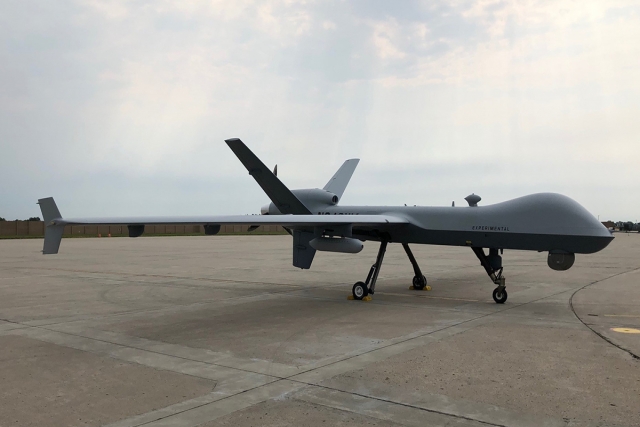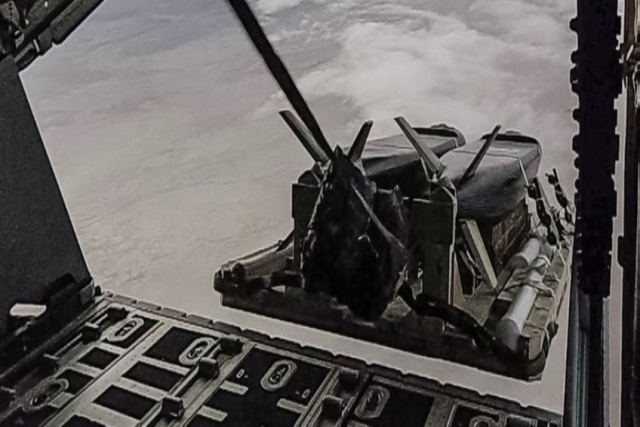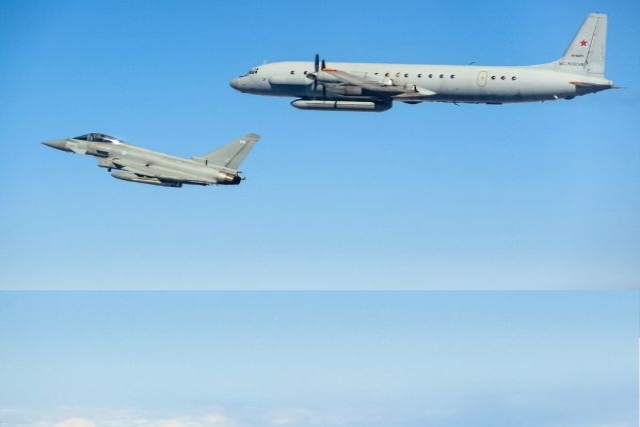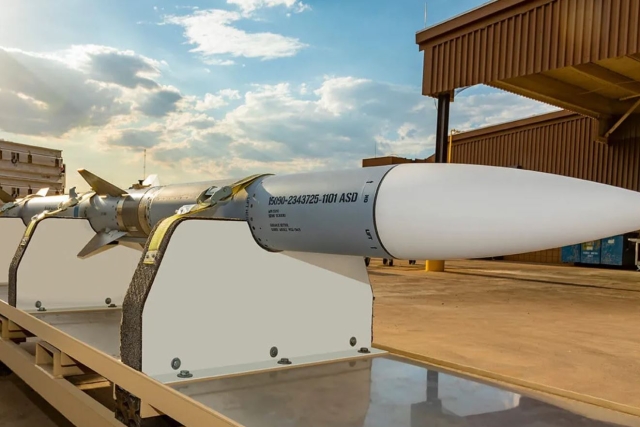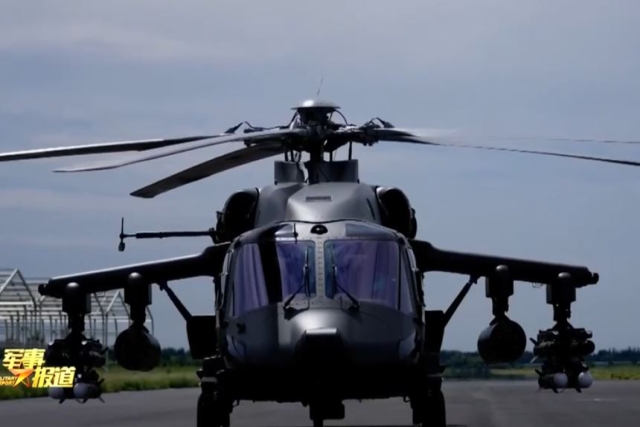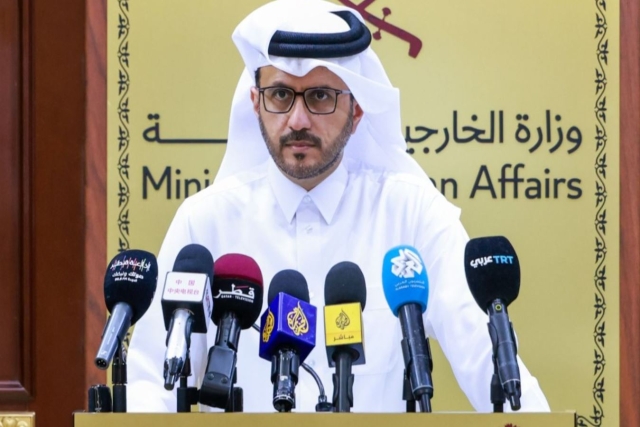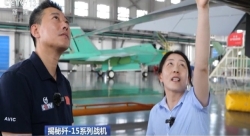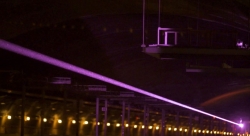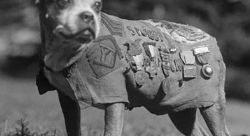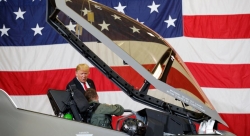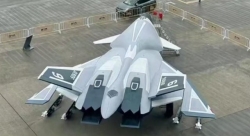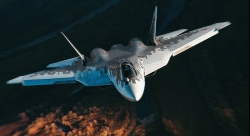USAF Research Lab's 'ROBOpilot' Resumes Test Flights After Landing Mishap
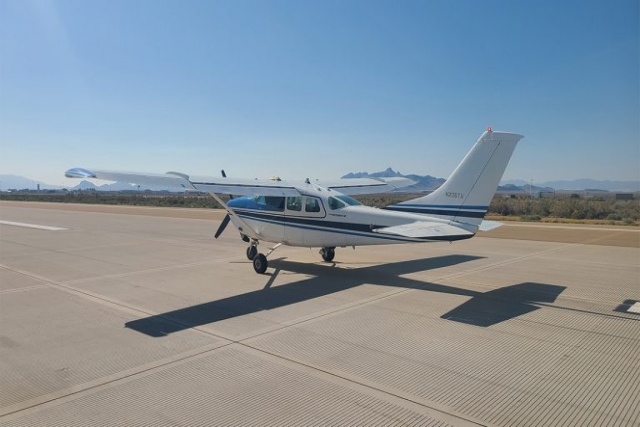
The U.S. Air Force Research Laboratory (AFRL) has resumed flight testing of the ROBOpilot unmanned air platform, over a year after it incurred damage during a landing mishap.
The AFRL Center for Rapid Innovation (CRI) and DZYNE Technologies Incorporated resumed flight testing of the ROBOpilot unmanned air platform and completed a successful fourth flight test September 24 at Dugway Proving Ground, Utah, during which ROBOpilot flew for approximately 2.2 hours, completing all test objectives.
This event represents a return to flight for ROBOpilot, which completed its first flight in August 2019, but later incurred damage during a landing mishap after a two-hour-flight. Following a Safety Investigation Board probe, investigators and project engineers briefed AFRL leadership, the safety investigation convening authority, and the AFRL flight test approval authority.
Armed with the incident report, “the CRI and DZYNE team analyzed the findings and incorporated the recommendations to ensure the success of this latest test,” said Marc Owens, CRI’s Program Manager for ROBOpilot. “We determined the cause of the mishap, identified the best course of corrective action and we’re very pleased be flight testing again,” he said.
“Since this is a completely new build with a different Cessna 206, we re-accomplished the flight test points completed on our first flight last year,” he explained. “ROBOpilot is too good an idea to let the mishap derail the development of this technology, Owens said.
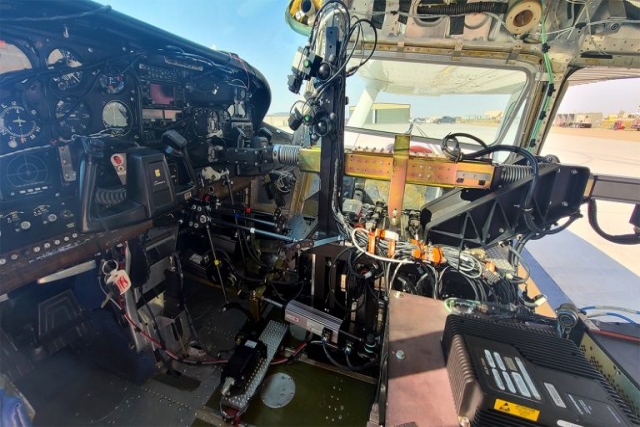
ROBOpilot is an applique kit that converts a general aviation aircraft into an unmanned aerial vehicle rapidly and affordably without making any permanent modifications to the aircraft. The system can fly missions autonomously and then be removed to return the plane to its manned configuration. Installation involves removing the seats and attaching the robot to the seat rails.
ROBOpilot interacts with the aircraft in the same manner as a pilot in that it “grabs” the yoke, pushes the rudders and brakes, controls the throttle, reads the dashboard gauges, etc. ROBOpilot has its own internal sensors, like GPS and an inertial measurement unit, for situational awareness. A computer analyzes all information to make decisions on how best to control the flight.
As an early adopter of creating disruptive innovation through paradigm shifts, AFRL established the Center for Rapid Innovation in 2006 to streamline AFRL’s application of new and existing technologies to address dynamic changes in air, space, ground, and cyber battlespaces and solve evolving and urgent operational challenges. The execution of this unique process uses diverse subject matter expertise and a collaborative government-industry technical and management capability to rapidly develop, test and deploy innovative prototype solutions for dynamic operational environments.

